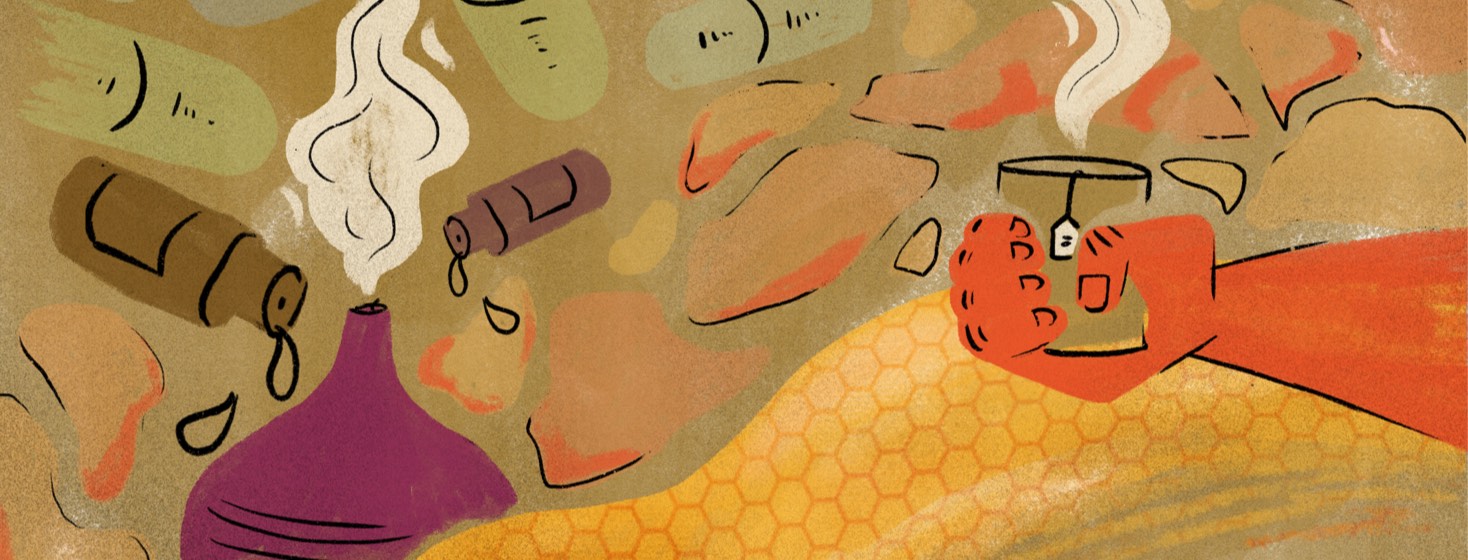Managing Symptoms With RSV and Sleep Apnea
I always thought that RSV, or respiratory syncytial virus, was for kids. My son was sick at first; but after just a few days, he was back to normal. I had never seen an adult with it. I was experiencing sinus pressure, shortness of breath, and coughing uncontrollably. I wasn't sure what was going on. It felt like the flu and COVID-19 combined. Despite the sinus pressure, I was determined to use my continuous positive airway pressure (CPAP) machine rather than stopping to manage symptoms with RSV and sleep apnea.
It was painful putting the mask on and I woke up much worse than when I went to bed. After ruling out the flu and COVID-19, the nurse called back with my results and told me that it was RSV with a sinus infection. I thought RSV was something that was just for kids and I was sadly mistaken.
Stopping CPAP to manage sinus infection with RSV
I had to stop using my CPAP machine while I was sick. The doctor recommended that I finish the prescribed antibiotic for the sinus infection before resuming using my machine. I started taking an immunity supplement with zinc and vitamin C.
To help with the cough, I took elderberry syrup and drank echinacea tea with lemon and raw honey. For the sinus congestion, I used peppermint and ginger tea with honey. The hot tea helped with the steam and kept me hydrated while I was sick. I have asthma but I don’t normally use an inhaler. But with RSV, the doctor prescribed a rescue inhaler. To help open my airways, the doctor wanted to prescribe a steroid. I had just been on a long-term steroid to see if it would help with my seronegative rheumatoid arthritis (RA). Because of that, she decided not to.
How I managed to sleep without my CPAP
Not being able to use my machine and not being able to breathe out of my nose was miserable and made for some really poor sleep. I would fall asleep sitting up to help keep my airways open. When I couldn’t take sitting up anymore, I’ve found – through trial and error – that if I lay on an incline on my left side, I have a little bit better time managing sleeping without my machine.
I fell asleep most nights with a warm compress on my face. I've got a picture of my favorite compress that is reusable and microwavable. I have trouble finding the compress so I’ve purchased 3 so I’m never without 1.
To help breathe, I also used a cool mist humidifier which helped put moisture in the air with 1 drop of eucalyptus oil.
Getting my CPAP back after RSV
The winter is rough with the start of flu season; COVID-19 is still around; and RSV is making its rounds through the school. Even though it was minor for my son, it caused some longer-lasting issues for me. The hardest part of being sick was not being able to use my CPAP. It was rough and I was never so happy to be able to go back to using my machine.
After this fight with RSV, it’s made me more aware of being proactive and continuing to take a supplement for immunity every day. I have resumed using neti pot to clear my sinuses to avoid another sinus infection. I struggled to breathe while I was sick and even now I’m still dealing with some shortness of breath.
When you are sick do you use your CPAP? How do you manage symptoms?
(Please note: If you are sick, be sure to check with your doctor or a health care provider before stopping your CPAP therapy.)

Join the conversation